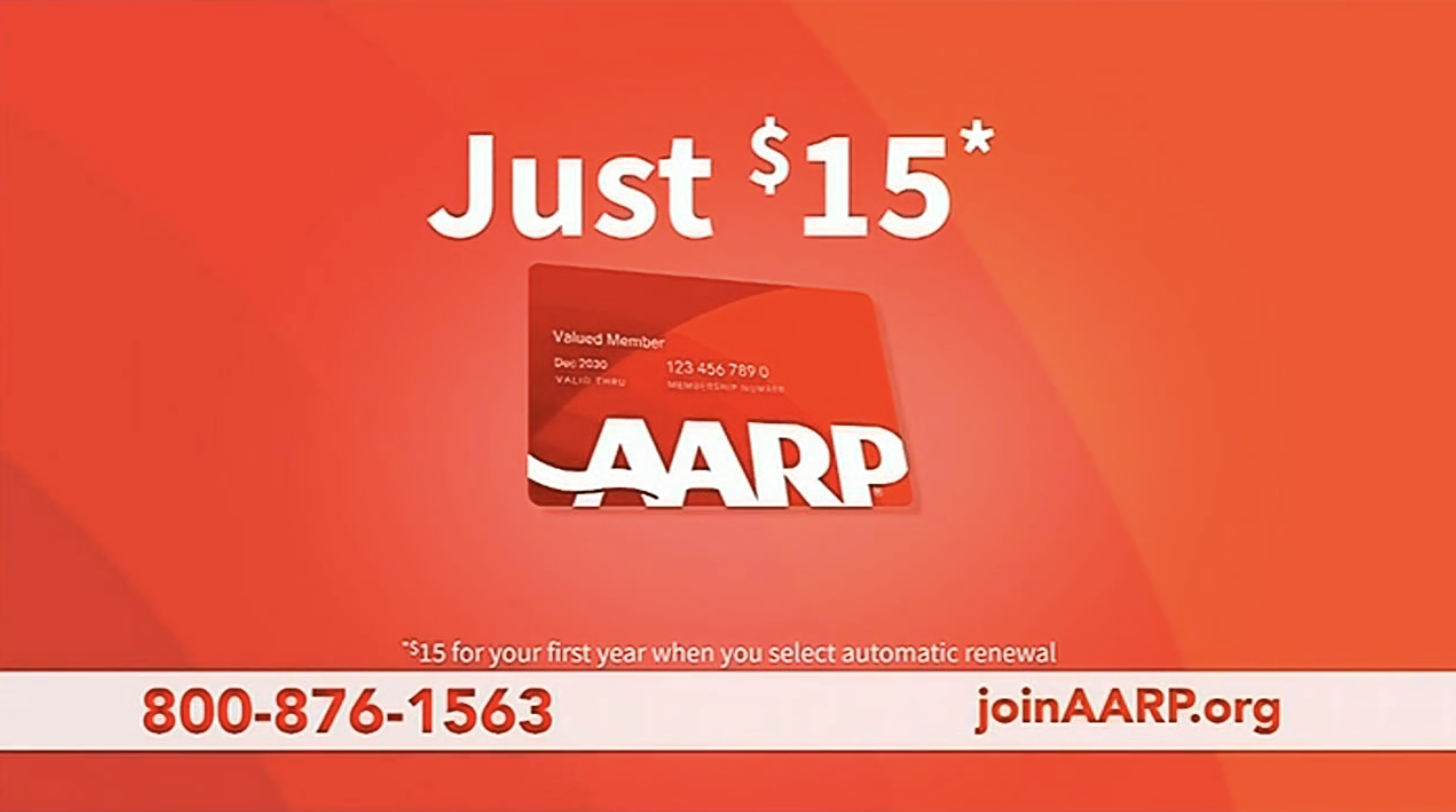
Enterprise Rent-A-Car
What’s this reservation good for?
How this rental car company uses subterfuge to get you to pay for something you may not need.
If you are traveling for the holidays, you may be looking to rent a car. But if you are booking a rental through Hertz and using the company’s website to do it, you might want to make sure you aren’t paying for something you don’t need.
That’s because Hertz uses a series of deceptive website design tactics (aka dark patterns) to get you to buy its car insurance to cover damages that may already be covered under your personal auto insurance policy.
After consumers select a vehicle, the Hertz website prompts them to “choose your coverage.” The site lists three options: basic protection, standard protection and, the “recommended” plan, complete protection. The prices vary from location to location – for example, the basic protection plan costs $44.98/day if you pick up the rental in Chicago, compared to $36.98/day if you pick it up in West Haven, Connecticut, a suburb of New Haven.
Those are the represented regular prices. As of this writing, consumers can click on a box to apply an “online only” coupon to get 10% off the basic and standard protection plans and 12% off the complete protection plan.
But there’s a fourth coverage option that consumers may not be aware of unless they scroll down the page: no protection.
If consumers don’t scroll down past the “fold” and select one of Hertz’s insurance plans, the no protection option disappears, as seen below.
If consumers do scroll down, they are informed that proceeding without protection comes with risks. In fact, consumers who are not interested in purchasing Hertz’s car insurance must click on a box agreeing to “accept responsibility for damage to or theft of the vehicle and any third-party claims,” and then click on a button acknowledging that they “accept the risk” just to continue with their reservation.
But that’s not the end of Hertz pushing its insurance products on consumers.
Even after consumers acknowledge the risks of renting a car without the company’s insurance, they are confronted with another warning regarding coverage, only this time the “recommended” plan is the basic protection plan with the discount already applied. A photo of a car with its front end smashed in further drives home the point that Hertz is not messing around.
Once again, consumers must scroll down the page – which may not come naturally as there is no vertical scroll bar immediately visible indicating there is more text to read – to see that the option to “cover damage on my own” still exists. Then, once more, consumers are required to click on a button consenting to the risk.
Throughout the checkout process on the Hertz website, the only clear warning that consumers may be paying for something they don’t need appears in fine print at the bottom of the page with the initial coverage options.
Here, Hertz discloses:
The insurance coverages offered by Hertz may provide a duplication of coverage already provided by a renter’s personal automotive insurance policy or by another source of coverage. The purchase of these kinds of coverage is not required to rent a vehicle.
Hertz did not respond to TINA.org’s request for comment.
The takeaway?
Do your research before paying for something you may not need. In this case, that means seeing what your car insurance policy covers and what it doesn’t cover. While Hertz claims “It’s better to have it and not need it, than need it and not have it,” we would argue “It’s better to know if you already have it, so you don’t need to pay for it twice.”
And if you’re making travel reservations online, keep scrolling. Unfortunately, it may be the case that important details are hidden in the fine print.
Find more of our coverage on travel here.
Our Ad Alerts are not just about false and deceptive marketing issues, but may also be about ads that, although not necessarily deceptive, should be viewed with caution. Ad Alerts can also be about single issues and may not include a comprehensive list of all marketing issues relating to the brand discussed.
What’s this reservation good for?
The only thing more “ridiculous” than the touted benefits is the cancellation process.
Why “taking BART” from Oakland to San Francisco costs more than advertised in this billboard.

